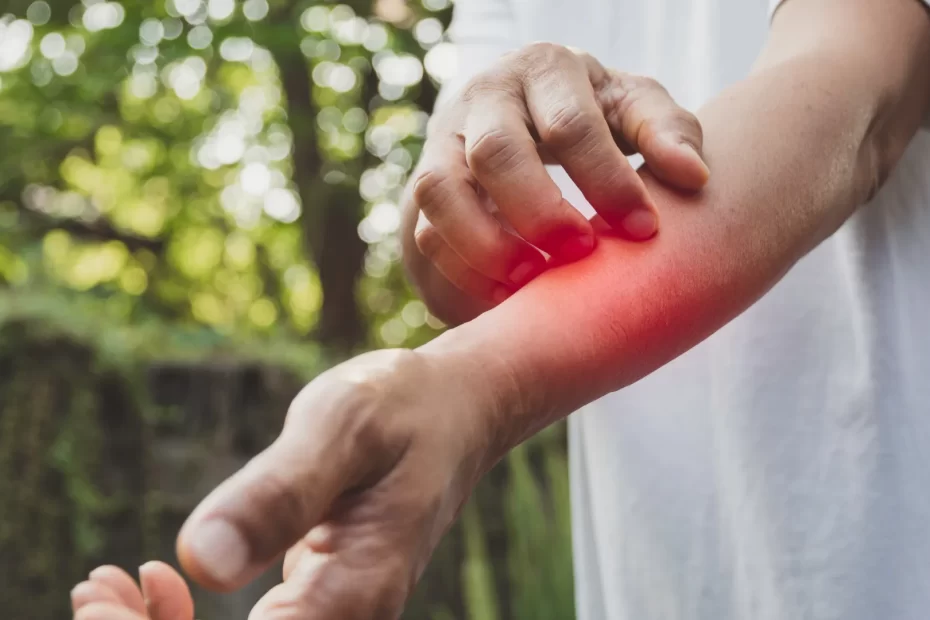Eczema with blisters, also known as dyshidrotic eczema, can be a challenging condition to manage. Understanding the underlying causes and available treatment options is crucial for effectively addressing the symptoms and finding relief. In this blog post, we will delve into the specifics of eczema with blisters, including its characteristics and triggers, and explore the various treatment approaches that can help alleviate discomfort and promote healing. Let’s embark on a journey to gain comprehensive insights into managing eczema with blisters.
Understanding Eczema with Blisters
Eczema with blisters, also known as dyshidrotic eczema, is a specific type of eczema that manifests as small, itchy blisters on the hands and feet. The blisters can be quite uncomfortable and may cause a burning sensation. Here are some key points to understand about eczema with blisters:
- Appearance: Blisters are often the hallmark symptom of this type of eczema, appearing in clusters on the palms, fingers, and soles of the feet.
- Triggers: Certain factors like stress, allergens, or exposure to metals like nickel can trigger the onset of blisters in individuals with eczema.
- Management: It’s important to keep the affected areas clean and moisturized to prevent further irritation and blister formation.
Understanding the unique characteristics and triggers of eczema with blisters is crucial for effective management and treatment.
Treatment Options for Eczema with Blisters
When dealing with eczema that presents with blisters, it’s essential to explore treatment options that can provide relief and promote healing. Here are some effective strategies to consider:
Topical Treatments: Using medicated ointments or creams can help control itching and reduce inflammation associated with eczema blisters. Look for products containing corticosteroids, which can effectively alleviate symptoms.
Moisturizers: Keeping the affected skin well-hydrated is crucial. Opt for thick, fragrance-free moisturizers to soothe and protect the skin. Daily application can prevent flare-ups and minimize blister formation.
Avoid Triggers: Identify and avoid triggers that exacerbate eczema symptoms, such as certain fabrics, soaps, or environmental factors. Minimizing exposure to irritants can prevent blister formation.
Oral Medications: In severe cases, oral medications like antihistamines or corticosteroids may be prescribed to manage symptoms and prevent blistering.
Wet Dressings or Bandages: Applying wet dressings or bandages over blisters can provide relief and support healing, especially when used in conjunction with topical treatments.
By incorporating these treatment options into your eczema management plan, you can effectively address the blistering symptoms and improve the overall condition of your skin.
